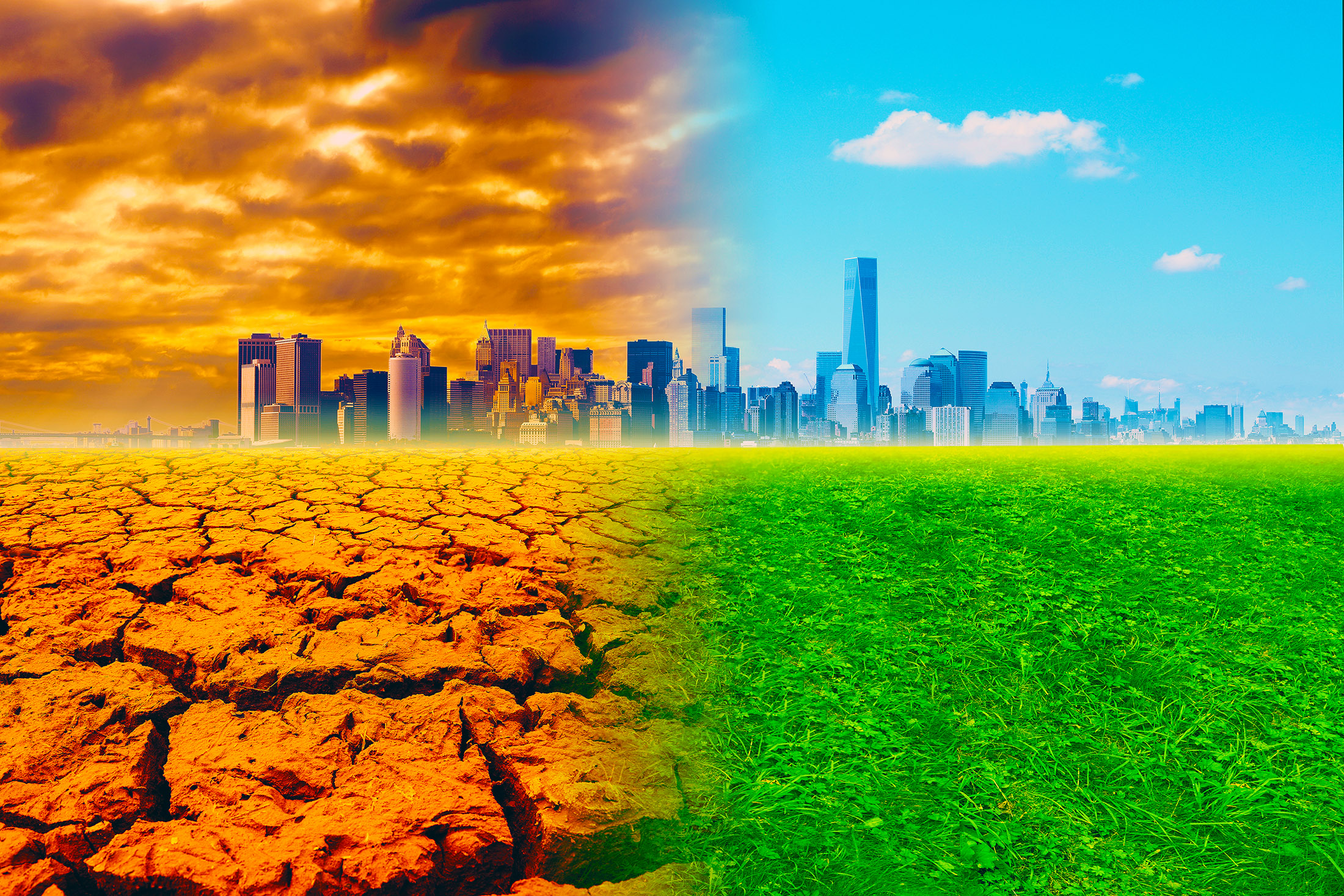The continuous heat diffusion from building and underground transportation causes the ground to warm at an alarming rate which gives rise to the phenomena ‘Underground Climate Change’.
What in News?
According to the research done in North-western University in Illions in the US, Underground Climate Change is a silent hazard that threatens major cities across the world.
Researchers found that heat from buildings in underground transportation system diffuses below the surface and over time the ground warms and then expansions and contractions caused by this heat creates rocks. This impairs the long-term durability and operational performance of structures.
Researchers also claim that such rising temperatures may have contributed to previous building deterioration.
About the Underground Climate Change:
- Underground Climate Change is a silent hazard.
- The ground is deforming as a result of temperature variations, and no existing civil infrastructure is designed to withstand these variations.
- Due to Underground Climate Change many cities are facing threat.
- Underground Climate Change is also known as Subsurface Heat Islands.
- This is not only an ecological issue but also a health concern.
Causes of Underground Climate Change:
- Urbanization and industrialisation have increased the amount of heat that is introduced into the subsurface environment.
- This climate change also occurs by the heat generated through human activities such as transportation, manufacturing, heating and cooling systems, and even simple daily tasks like cooking.
- Underground Climate Change is also a result of the thermal properties of common construction materials that can be absorb, store and gradually release heat into the ground.
Effects on the Environment and Infrastructure
- As the ground heats up, it expands causing ground deformations.
- This can lead to instability in building foundations, causing them to crack or move.
- Over time, these changes can significantly affect the durability and operational performance of buildings and infrastructure.
- The heating can change the structure of soil and rock.
- This can also affect the underground water sources and lead to other environmental issues.
Health and Ecological Impacts
Subsurface heat islands an contribute to the overall urban heat island effect, exacerbating heat waves in cities which can have serious health implication such as heat stroke and respiratory problems.
The increase in temperature can also lead to ecological issues. These include changing the condition of subterranean ecosystem and possible contaminating underground water sources.
Potential for Energy Harnessing
Despite its threats, underground climate change also presents an opportunity. The heat generated can be captured and used as a source of geothermal energy.
By harnessing the waste heat it is possible to reduce the impact of underground climate change while providing a sustainable source of energy.
Steps to minimize the effect of Underground Climate Change
- Urban planning measures should be done to minimize heat generation.
- Materials with low thermal conductivity should be used in urban construction activities.
- The impact of Underground Climate Change can be minimized by improving the insulation of buildings.
- By capturing and using the waste heat. More Sci-Tech News Here




 Weekly One Liners 15th to 21st of Decemb...
Weekly One Liners 15th to 21st of Decemb...
 World Basketball Day 2025 Celebrates Bas...
World Basketball Day 2025 Celebrates Bas...
 UN Celebrates Second World Meditation Da...
UN Celebrates Second World Meditation Da...







